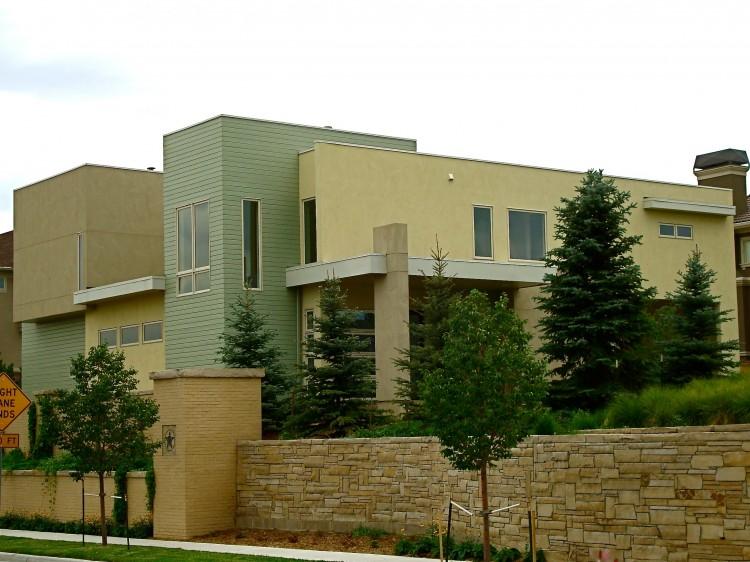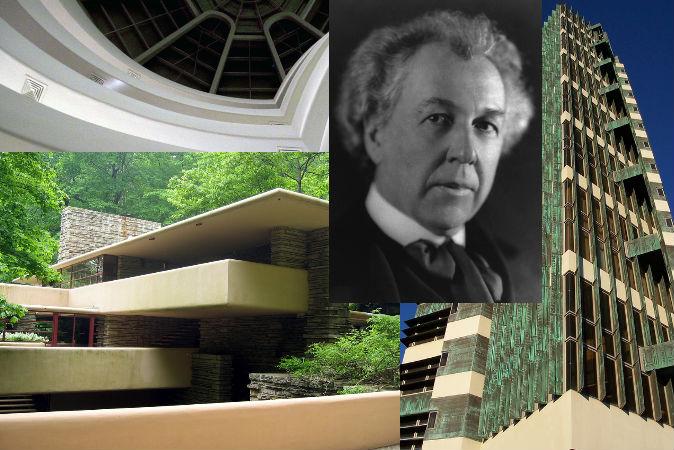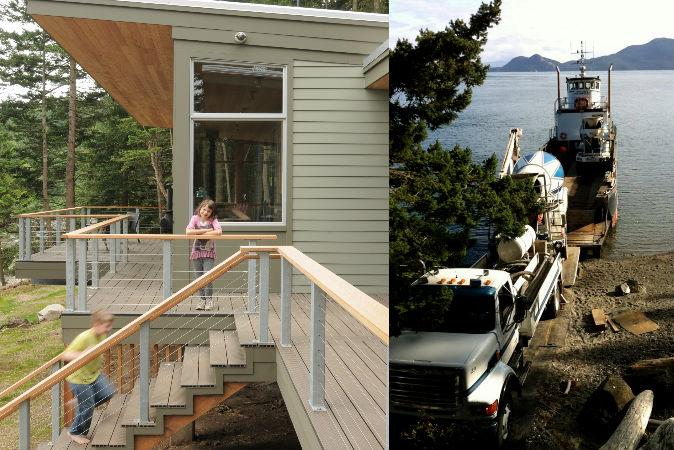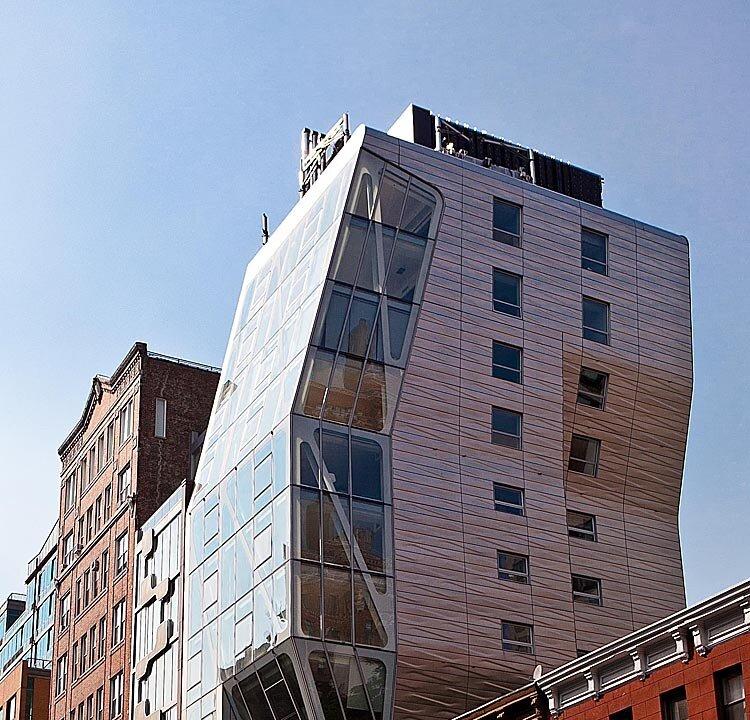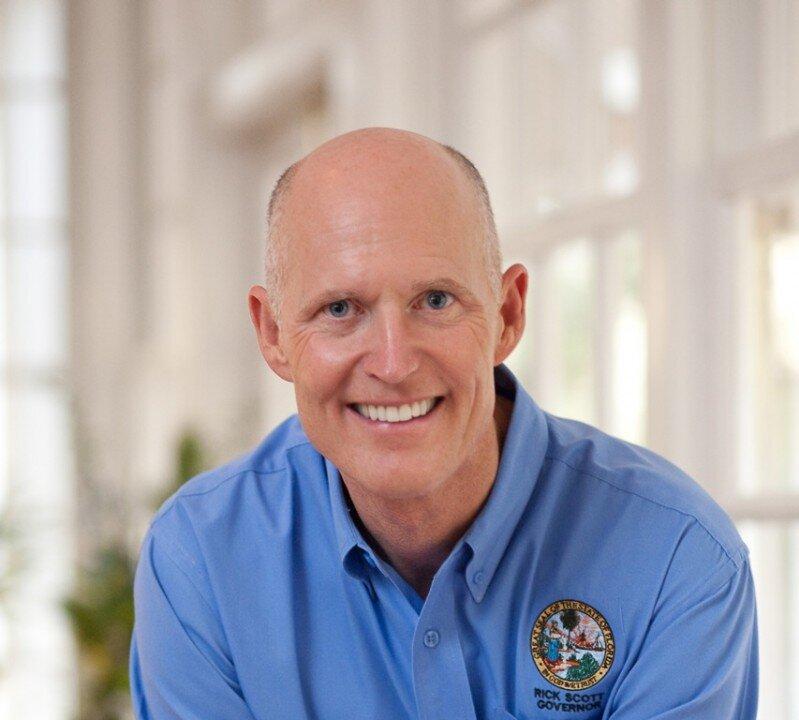Is that handsome home yours? The one that passersby stop and admire from the street? If so, your home may have what James Martin and The Color People call “carefully positioned curb appeal.”
Since 1979, when Martin founded his consulting firm, The Color People, he has helped many magnify their home’s appeal via color. As a pioneer in the field of architectural color consulting, Martin possesses a spectrum of insight. And he practices what he preaches.
Look no further than to The Color People’s homepage. You will find Martin in front of table of color samples, wearing a bright yellow shirt. He says he wore the yellow to stand out, as people don’t linger on a webpage for long. But also because people expect it of him, and he has grown to like wearing color.
With a resume including projects in all 50 states, plus foreign countries, it is quite apparent—others like Martin’s color advice, so much that they will pay for it. His work encompasses historic districts, main streets, and also residential and commercial buildings.
“I really like colors that you can’t fix on,” says Martin. As an example, he sites the color of his own kitchen as “kind of a greened-yellow-ochre.” He adds, “You can’t say, ‘Oh, that’s green.”
As a former president of The Color Marketing Group—the international association that forecasts color trends—Martin is more than qualified to tell you about what is in style, and what is out.
Regarding architecture, Martin says the current color trend is simply, “color itself—all colors.” He says today’s colors reflect a return to mid-century modernism and are cleaner, fresher, and bright—but not primary colors.
Yesterday’s colors are those from the Victorian and Arts & Crafts revivals. He refers to these as “muddy, khaki-influenced colors.”
In the early days, while working on his degree in graphic design, Martin recalls a photography professor telling him he was a real colorist. “This was exactly the wrong thing to say, since I was really into being an ‘arty’ black-and-white photographer.”
Little did Martin know, down the road, he would rediscover art and color while renovating Victorian houses—a fledgling career that would eventually sprout into a full-scale color-consulting business, about which he adds, “I really feel in my small way, I helped color consulting become a recognized profession.”
If you are considering a color change to your home—inside or outside—Martin offers a few suggestions:
“Number one is use warm colors—nobody likes a cold home.” He says the key to making a home or a room work is in the balance between trim and wall colors. “High contrast between these keeps the room or home from feeling whole,” he says. “A nice blend of the two colors makes all the difference.”
He also recommends using a satin finish on a home’s exterior, which promotes richness in color while remaining durable.
What are Martin’s sentiments on white? He says, “I make my people take The Color People Pledge: ‘I will never use white again.’” He says, “Your standard old white is inhospitable, lifeless, and soul-deadening.”
According to Martin, architects often use white because color cannot be controlled, and they want something that will come out exactly as they expect.
Martin responds to the white fad by doing modern houses with color, “... just to show how much more alive and convivial colors can make modernist homes feel,” he says.
Martin is an unbiased color expert, and admits to using all paint companies. When asked what his favorite color is, he answers, “My granddaughter always asks me this.” He says he can’t allow himself a favorite color, as he needs to remain a clean slate for the benefit of his clients’ projects.
Martin has something else to say about color, something that resembles a philosophical anecdote; it might serve as a sort of thematic driving force behind his work, something he has learned through his thirty plus years of experience.
That is: “Color is the most relative thing there is. It changes with finish, light, scale, what is next to it, and just about everything else. That is the joy of color and what makes it so human.”
